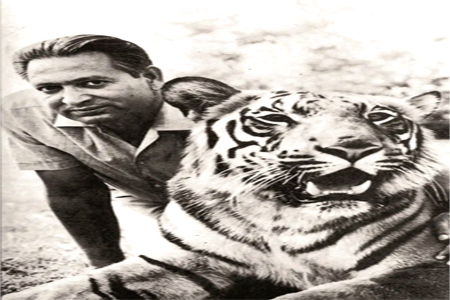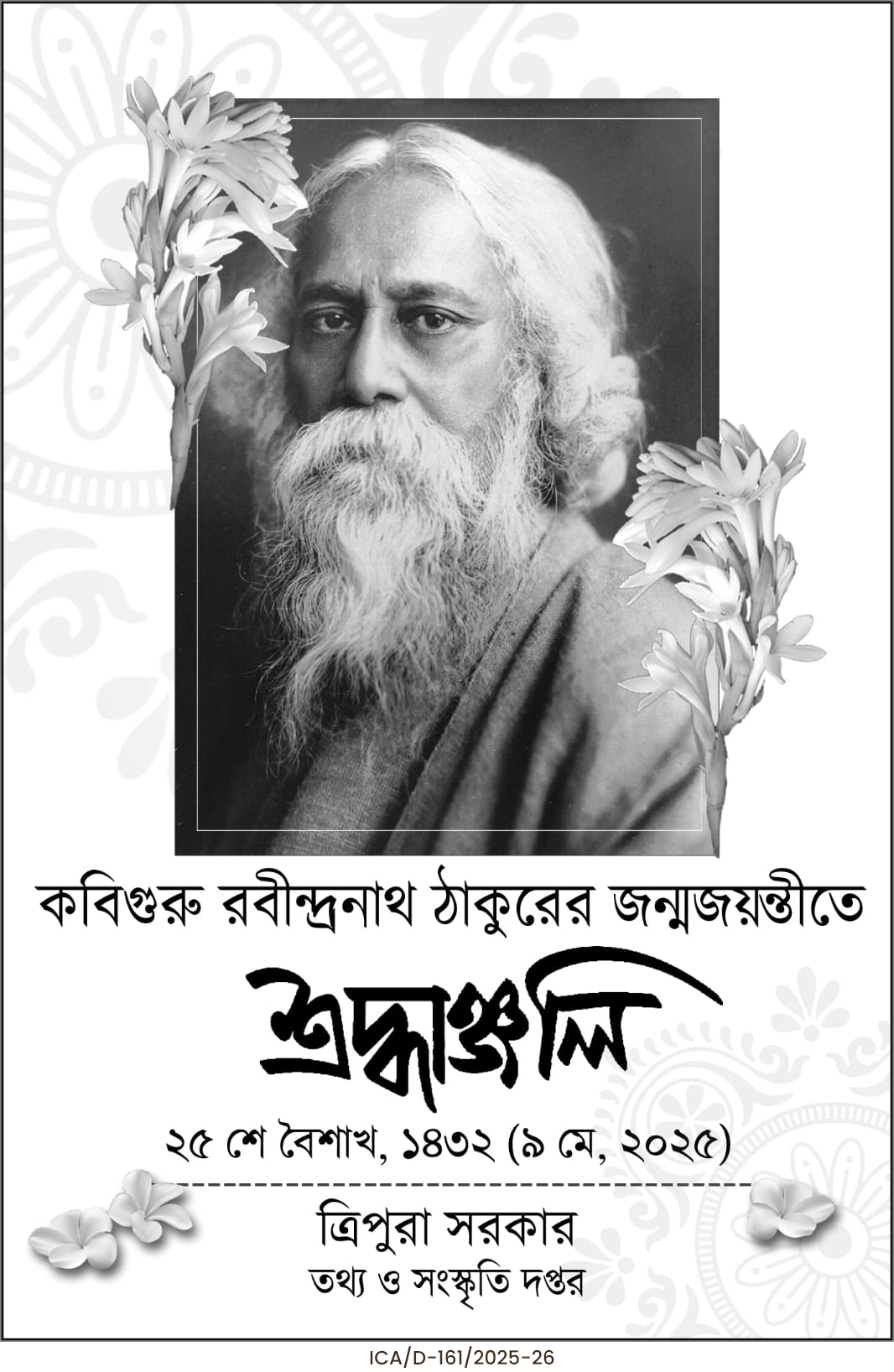

The 29th July is celebrated as the world Tiger day and India being the home of 75% of the world Tiger population. It has special significance for the people of India as despite the huge population pressure of 144 crore we have in our forests more than 3000 Tigers, to be precise the 2022 census recorded 3682 Tigers. At the time of initiation of Project Tiger only around 1400 Tigers were left in wild. This turn round in Tiger population was made possible by the Project Tiger scheme launched in 1973 by the then Prime Minister Indira Gandhi and the hard working field foresters and the Tiger friendly communities living in and around Tiger habitats. Today the country must also remember the real Tiger man late legendary forester ‘Kailash Sankhla’ who single-handedly changed the course of forest and wildlife management ethos in the country permanently and the conservation ethos ultimately got deeply etched in the psyche of every Indian. Kailash Sankhla shall be remembered always and all the time in future for being responsible not only starting the Project Tiger but also changing the tenets of colonial forest and wildlife management for ever. He was born in 1925 and joined the Forest Service in 1953 was initially trained as the traditional run of the mill forest officers who used to give routine license to the kings and Nawab’s and the crème dele crème of our the society who had been enjoying the sadistic pleasures of killing the innocent wild animals for their vicarious pleasure and false sense of brevity.
It would be interesting to know how and for what reasons Kailash Sankhla transformed himself into a wildlife conservationist and habitat management expert forest officer. Most of the warrior class of kings were indulging in snatching away each other’s minor territories and some time for sisters and daughters of other warriors and inviting the foreign invaders to settle scores with each other. In their past time instead of fighting the invaders they were busy in killing the Tigers to prove their valour and power. According to one estimate between 1875 and 1925 these so call coward princes, kings and British officers had murdered 80,000 Tigers. In 1947 at the time of independence about 40,000 Tigers were still there in our forests. According to another estimate, the Mysore king and his guests had killed more than 100 Tigers between the years 1945 to 1967. Many of the Kings were unhappy that their tally of killing Tigers had not touched 100. Even after India became Independent the Queen Elizabeth of Britain satisfied her hobby by killing a Tiger in 1961 during her visit in Sawai Madhopur area.
It is very clear that the Tigers and other animals in our country had seen the period of savagery of worst form and as a trained forester and resource manager I must feel remorseful that the forest officers used to give license in the name of hunting game to kill these terribly beautiful creatures of nature. It happened until Kailash Sankhla a young officer who used to give license to kill the Tigers and other animals. One day Kailash Sankhla himself shot at a Tiger who was dying but breathing when he reached near him and after seeing the beautiful strips on his body and saw him breathe last. This scene moved his so much and sunk in deep sorrow. He asked himself is he a hunter or the forest and wild animal protector? He was filled with immense guilt, sorrow and remorseful. He further realized that how many Tigers were killed by the people after getting license from him and other forest officers.
Sankhla decided to stop this practice of granting license and started a campaign to educate the people about not killing Tigers and other animals; otherwise these beautiful animals will banish and make the nature lacklustre. He was the first wildlife conservationist who decided that unless we change the law wildlife cannot be conserved. In 1965 he was appointed Director of Delhi Zoo and in 1971 he conducted the Tiger survey in the country. He started a crusade on his beliefs and his activities attracted the attention of then nature and wildlife loving Prime Minister Indira Gandhi and thus the Project Tiger was born. He was appointed the first Project Director of Project Tiger to head it. As a Director of Delhi Zoo he had access to the Prime Minister Indira Gandhi which gave him an opportunity to bring his ideas to life and rest is the history. He was given the Padmshri for his work. After his retirement he established the Tiger Trust now run by his family.
Many young forest officers all over the country may not know that the present ethos of management of forest and wildlife is the legacy of this great forester and his supporters. Now to kill animal without being declared a vermin is a crime. Let us remember this man whose actions still entertain us with awesome Tigers and rich wildlife. It is a scientifically proven fact that if Tiger ecosystem is safe then the entire ecosystem of an area is stable, and if the ecosystem of an area is safe then only our food, water and rain fed rivers are safe and thus rural economy. His contribution in our food, water and bio-diversity security is as important as the ‘green revolution’ contribution of Dr MS Swaminathan. It will not be too much to ask for confering this great son of India the ‘Bharat Ratna’ posthumously like the government did in case of MS Swaminathan. Will the government take notice of his contribution? Better late than never!
(The writer is former DG, ICFRE in the Ministry of Environment, Forest and Climate Change)





